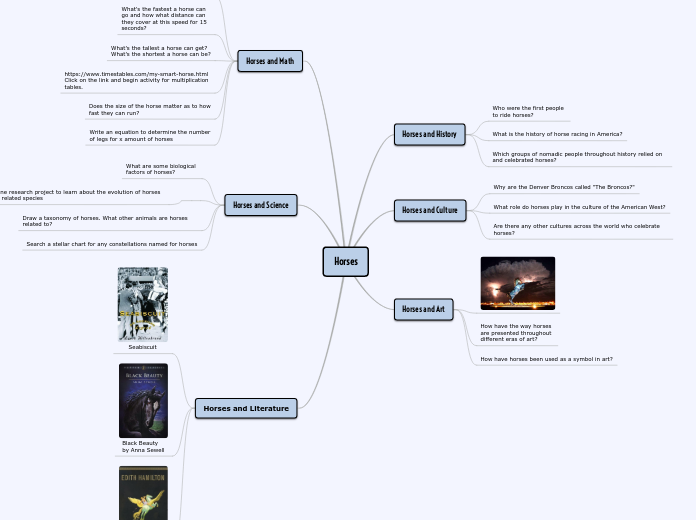Color Theory
Evolution of the color theory
Tria, Loreto and Mukherjee,2012
Researchers found that the order of which the computers name the colors was similar to the hierarchy
This study used computer simulation to explore the evolution of language by allowing two programs communicate and develop names for colors
Berlin and Kay, 1969
The study was heavily criticized because of:
Languages are from Industrial countries only
some languages have exceptional rules that doesn't follow typical color naming rules
Small sample size with subject being bilingual speaker
The study found out that as a language evolve, the order of naming colors where similar among the languages.
This study used 20 people who spoke different languages to identify 330 colors by categorizing them in their languages' basic color term
In the 1960s researchers believed that cultures would choose color terms from the spectrum randomly
Rivers
He claims that the number of developed color terms depends on intelectual development
He then claims that Papuans are less physically evolve than Europeans
he found tribes that have color terms only for red, white and black while other tribes also had green
Rivers went on an expedition to Papaua, New Guinea
Gladstone 1858
This lead to past researchers to conclude that ancient societies where color blind
He found out that one color term was used to describe two to four different colors
Gladstone studied ancient greek works by Homer
World Color Survey
This study was conducted by Berlin and Kay as a response to the criticism of their past study
The study improved by :
Having 2,600 native speaker
Included 110 unwritten languages
Color Term Hierarchy
Reason behind the Color term Hierarchy
Some hypothesize that the order depends on the salience of a color in a natural setting
Each languages are in different stages that corresponds to the number of basic color terms it has and for languages with the same stages also named the same colors.
If a llanguage has six colors it will be named in this order: black, white, red, green, and yellow/blue
If a language has four colors it will be named in this order: black, white, red, and green/yellow
This means that by knowing the number of color terms a language has, researchers can predict what those colors are
When a language has three terms, the third is one is almost always centered on hues that English speakers would call “red.”
Speakers begin with two terms – one covering “black” and dark hues, the other covering “white” and light hues.
This states that the order of how the colors are named follows a hierarchy
Not all languages have the same number of basic color categories
For example:
Wobe has 3 color categories
English language has 11 color categories









